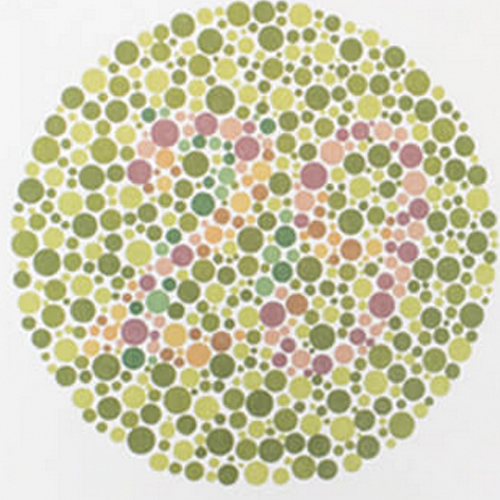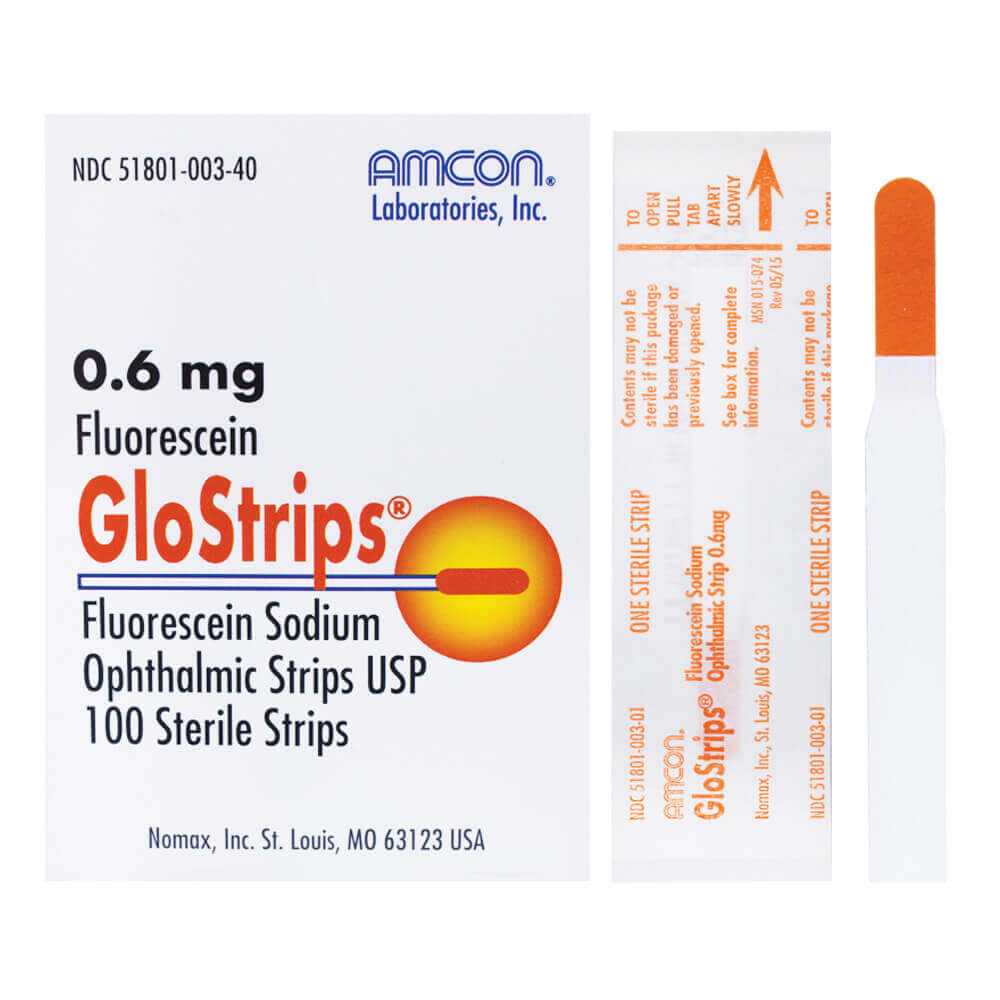Introduction to Optical Eye Drop Cap Colors
While graphic designers love to play around with color on packaging concepts, prescription eye drops cap colors are not a design choice. The American Academy of Ophthalmology (AAO) endorses a policy to maintain uniform color-code topical ocular medication bottle caps. Since 2009, the FDA has enforced the policy, which is used in accordance with the U.S. Pharmacopeial Convention (USP).
This policy assigns specific Pantone colors to different classes of ocular drugs. These assignments consider several factors: the nature of the disease being treated, the drug’s side-effect profile, and the risk of severe complications. Such complications may arise from a pre-existing illness, injury, or other body trauma, especially if the medication is inadvertently switched with another.
To date, voluntary cooperation between the pharmaceutical industry, the FDA, and the American Academy of Ophthalmology has been very effective in meeting the interest of patient safety.



What determines the Ocular Pharmaceutical Drop’s Cap Color?
Eye drop caps are color-coded based on the type of eye medication in the bottle. This is done to easily differentiate between products and help ensure patients receive the right medication. Each colored cap corresponds to a specific ingredient or drug. This makes it easier for patients, caregivers, and healthcare professionals to identify them quickly and safely. Note: In some instances (especially OTC drops), the cap may not be colored. In instances of prescription eye drops with a white cap, the outer box and bottle label must be color-coded appropriately.
Patients with vision problems are the largest group to mix up eye drops. This can lead to adverse side effects on the ocular system and overall body functioning. It is important to educate the patient on the type of drug they are being prescribed and the cap color for that drug. Below is a reference guide that can be shared with patients that defines cap colors and their use for pharmaceutical ophthalmic drops.
Pink Top – Steroid Eye Drops
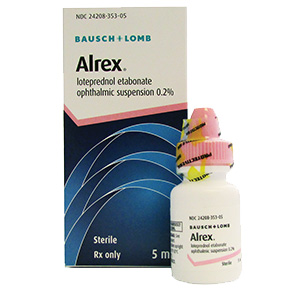
All eye drops with a pink cap are steroid eye drops. Common steroid eye drops include prednisolone acetate, loteprednol, and fluorometholone.
Steroid eye drops are often prescribed after eye surgeries like cataract surgery, for inflammation in the eyes, and to help with healing from infections of the eyes.
Tan Top – Antibiotic Eye Drops
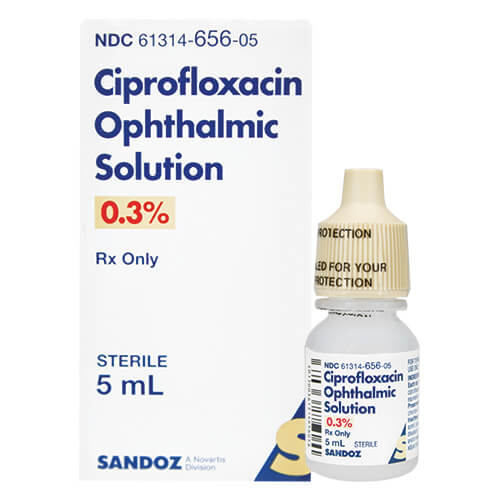
Eye drops with a tan or beige cap will be antibiotic eye drops or other anti-infective eye drops. These eye drops include ciprofloxacin, tobramycin, erythromycin, and trimethoprim.
Antibiotic eye drops are prescribed when there is an eye infection or risk of infection from bacteria. Common eye infections include conjunctivitis (pink eye) and a hordeolum (stye). These drops can serve multiple purposes: they’re useful after cataract surgery, for treating scratched eyes, or for preventing infections in cases of other eye injuries.
Red Cap – Dilating Eye Drops
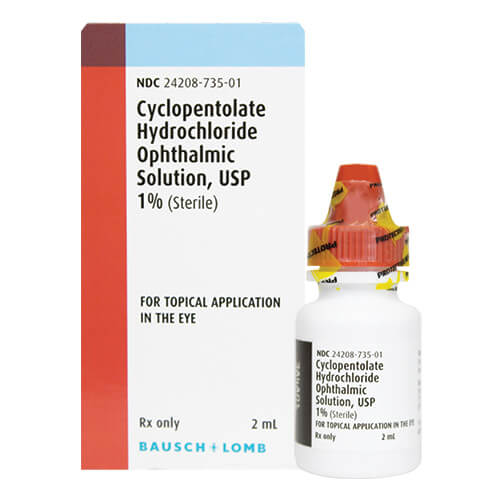
All dilating eye drops have a red cap. Use these drops with caution, as the effects will be non-reversible for a period of time.
Among the dilating drops that are used in eye exams and for treatments are tropicamide, atropine, and phenylephrine. The most common use of these drops is during an eye exam for dilation. These are also used to help with pain when the eye is very inflamed or swollen.
Dark Green Cap – Pupil Constricting Drops
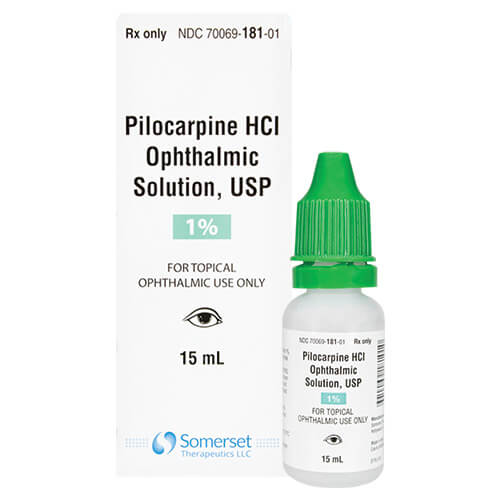
Eye Drops with a dark green or forest green cap are called miotics. These drops cause the pupil to get smaller or constrict.
The only drop in this category currently is pilocarpine.
Pilocarpine is used to treat glaucoma for many years and recently was approved under the name Vuity to replace reading glasses in presbyopia.
Teal, Orange, Blue, and Purple Cap – Glaucoma Medications
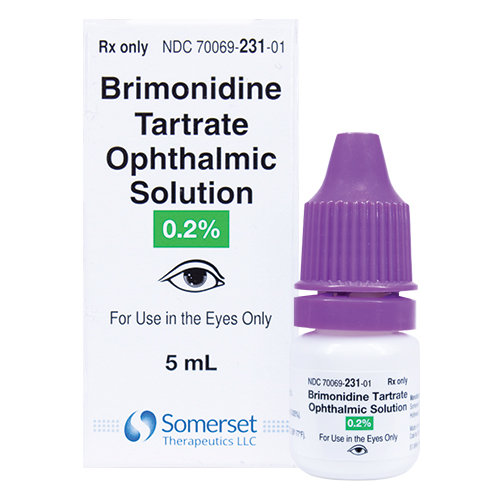
Beyond those mentioned above, there are numerous eye drops cap colors used to identify ophthalmic medications
If the cap is orange, the drop is a carbonic anhydride inhibitor such as dorzolamide.
Blue caps indicate the drops are a beta blocker like Timolol.
The last group of glaucoma medications are alpha antagonists including brimonidine or apraclonidine.
Importance of Patients Knowing Their Eye Drops
Using the correct eye drops in the right amount is crucial, especially when using multiple types. This cap color information sheet can simplify this process for those patients – making it easier to remember and track which drops to use and for what purpose.

